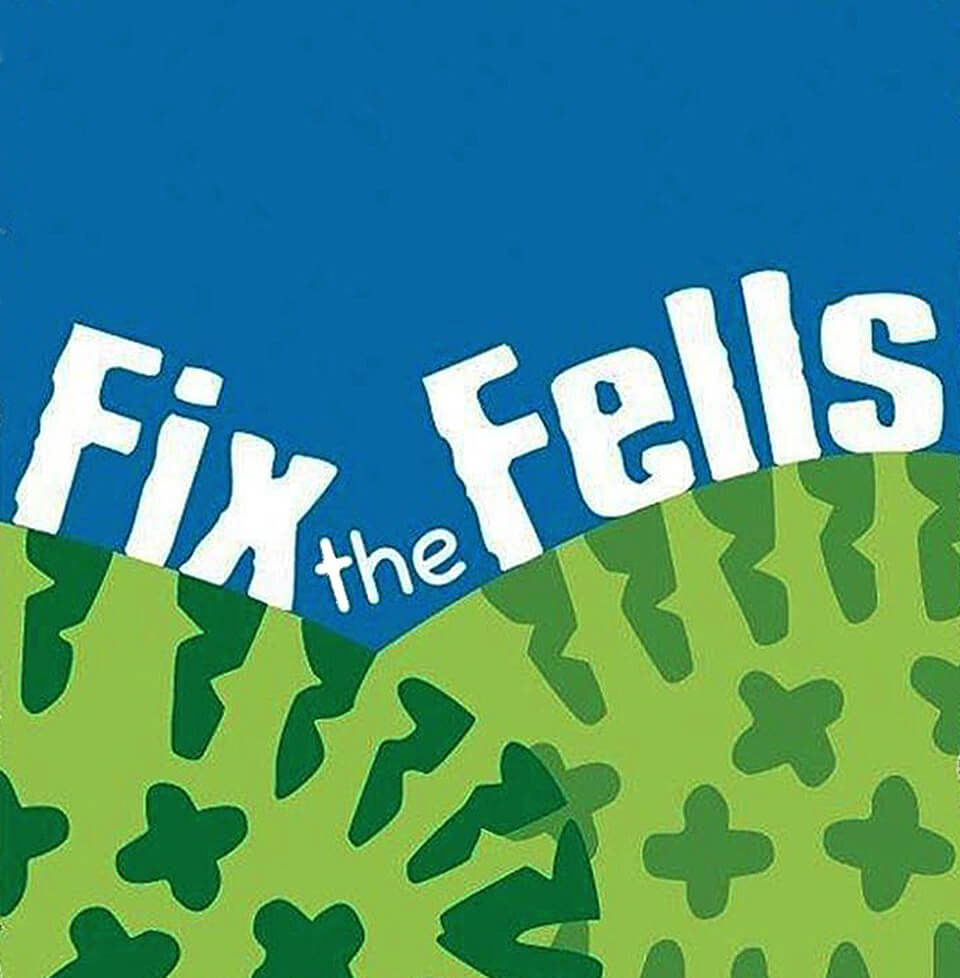In 1819 a Lakeland traveller arriving at the Old Dungeon Ghyll Hotel in Langdale from Borrowdale via the Stake Pass complained that the path was seriously damaged, worn and in a worse condition than when he had travelled it 10 years before. Erosion is not new to the uplands.
Since the early 1990s it was clear that path erosion was becoming a serious issue. However there was no legal requirement on any organisation to carry out the repairs (and that is still the case) nor were there any formally agreed methods of repair. The Access Management Group, which consisted of the Lake District National Park, National Trust and English Nature, now Natural England, met. They established the principles and methods of repair work and exchange of ideas between organisations and landowners. Whilst methods have evolved and new ones have been devised, the core principles and best practice guidelines established, remain in place today and were adopted by the House of Commons Environment Select Committee. There have been two significant stages since then to repair paths:
Stage one – 2001 to 2006
Under the “Upland Paths Landscape Restoration Project”, 102 paths were repaired using money from partner organisations that was generously match-funded by the Heritage Lottery Fund
Stage two – 2007 to 2011
“Fix the Fells” was born and 103 paths were repaired using money from partner organisations and continued match funding by the Heritage Lottery Fund. The project also developed a strong volunteering programme and began to focus on awareness with residents, businesses and visitors.
You can see the evaluation of this phase here – PDF file (11.8MB) Fix the Fells – An evaluation 2007-2011
After that:
Since 2011 and the end of Heritage Lottery funding, Fix the Fells has been in a transition phase and focusing on maintaining the existing path network rather than new project work whilst a new survey of 120 paths was undertaken. This document outlines the plans for the next 10 years of Fix the Fells as a result of those surveys.
We have a great history of achievements to build on:
- The upland environment has been protected and restored
- 207 path sections have been repaired and maintained
- The path teams (staff and volunteers) have developed an extremely high level of expertise throughout the project. The evaluation of the 2007 to 2011 phase by the Pathways Consultancy concluded “It is fair to say that Fix the Fells is probably leading the way in upland path restoration in Britain”.
- Developed the volunteer Lengthsmen scheme with there now being nearly 100 fully trained Lengthsmen from the inception of the scheme in 2007 (and several of them having secured employment within the partner organisations)
- Achieved over the 1000 days volunteering target in 2011 (1176) and exceeded it again in 2012
- Developed the Volunteer Co-ordinator roles, where volunteers co-ordinate their involvement within the programme
- In September 2010, the volunteers achieved second place in the Marsh Heritage Volunteering Awards and won £500
- New techniques have been rediscovered or developed for repairing paths (e.g. the use of sheep fleeces, rather than synthetic products, that were used in Roman times and in railway building)
- Protected key archaeological sites
- Access related erosion has been significantly reduced on many of the fells
- Secured the long-term future of Fix the Fells following the end of the Heritage Lottery funding
- Developed a strong partnership to support Fix the Fells
- Visitor Giving has been developed and has contributed hundreds of thousands to the programme over 10 years
- Developed the “Our Man at the Top” scheme where Heart of the Lakes and Langdale Estates raise money for Fix the Fells through their guests that then helps fund designated rangers within the National Trust to work on the uplands. The first “Our Woman at the Top” was appointed in 2012.
We will take all this knowledge into the next phase of Fix the Fells and add to these achievements.
